Symbols of resilience are powerful visual representations that inspire strength and perseverance. They’re found in cultures worldwide, embodying the human spirit’s ability to overcome adversity. These symbols serve as reminders of our inner strength and capacity to bounce back from life’s challenges.
Imagine a phoenix rising from ashes, or a lotus blooming in muddy waters. These aren’t just beautiful images. In every corner of the globe, humans have found ways to express their resilience. These symbols tell stories of strength, hope, and endurance. They’re not just pretty pictures. They’re powerful reminders of our ability to bounce back from tough times.
From ancient myths to modern icons, these symbols speak a universal language. They remind us that we’re not alone in our struggles. Let’s take a journey through some of the most inspiring symbols of resilience from around the world.
Why These Symbols Matter
Resilience isn’t just about bouncing back. It’s about growing stronger through challenges. These symbols help us understand and embody this important trait. They’re like visual pep talks, reminding us of our inner strength.
These symbols cross cultural boundaries. They show us that resilience is a shared human experience. Whether you’re in New York or New Delhi, these symbols can inspire you to keep going when times get tough.
Read More About: 25 Symbols Of Freedom And Their Meaning
1. Phoenix
The Phoenix is a legendary bird that rises from its own ashes. It’s a powerful symbol of rebirth and renewal. In Greek mythology, the Phoenix lives for centuries before bursting into flames and being reborn.
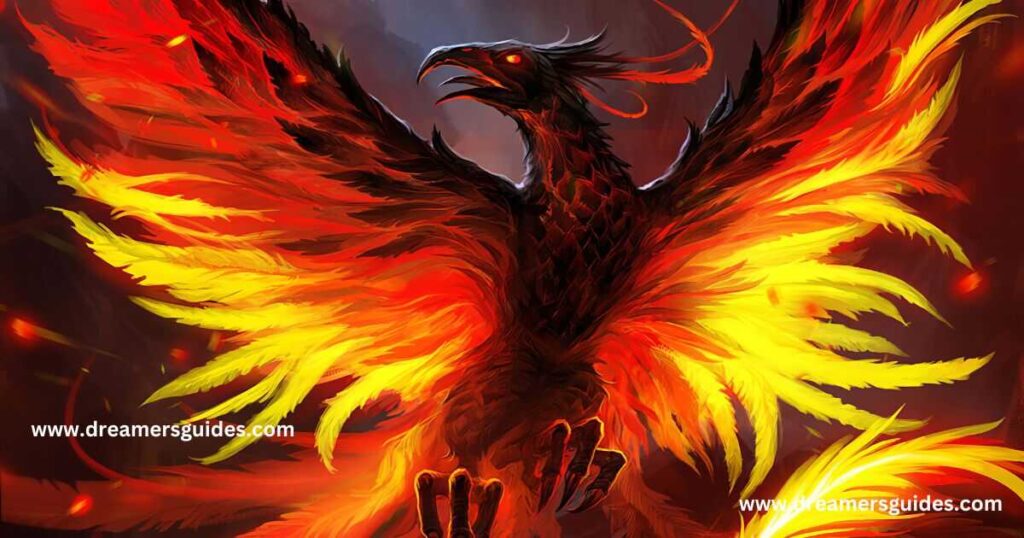
Today, we still use the Phoenix as a symbol of resilience. It reminds us that we can start anew, no matter how bad things get. The Phoenix teaches us that endings can lead to beautiful new beginnings. In popular culture, the Phoenix has been used in everything from Harry Potter to X-Men, always representing the ability to overcome and be reborn.
2. Oak Tree
The oak tree stands tall and strong, weathering storms for centuries. It’s a symbol of strength, stability, and longevity. In many cultures, the oak is considered sacred. Its deep roots and broad branches represent a solid foundation and far-reaching influence.
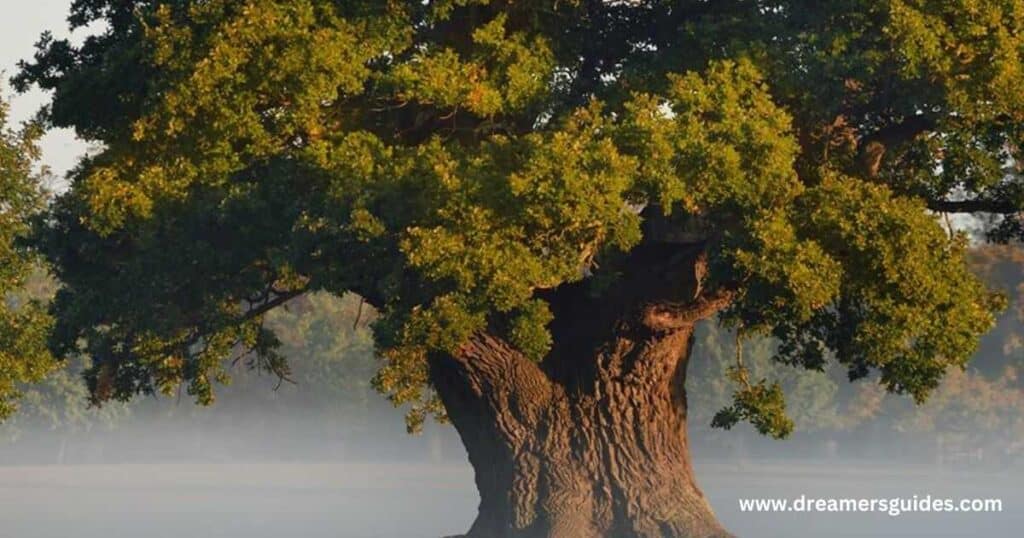
American history is full of famous oak trees. The Charter Oak in Connecticut, for example, played a role in the American Revolution. Oak trees remind us to stand firm in our beliefs and values, no matter what challenges we face. In Celtic mythology, the oak was associated with the god of thunder, representing power and endurance.
Whether you’re a professional photographer or just love taking pictures, Photosfile offers a seamless solution. From advanced search features to secure storage, it covers all your needs. Imagine never losing track of a special moment again. Photosfile ensures your memories are always safe and accessible. Ready to learn more about how Photosfile can help you? Keep reading to discover its amazing benefits.
3. Lotus Flower
The lotus flower grows in muddy waters but emerges clean and beautiful. It’s a symbol of purity, enlightenment, and overcoming adversity. In many Eastern religions, the lotus represents spiritual growth and the journey from darkness to light.
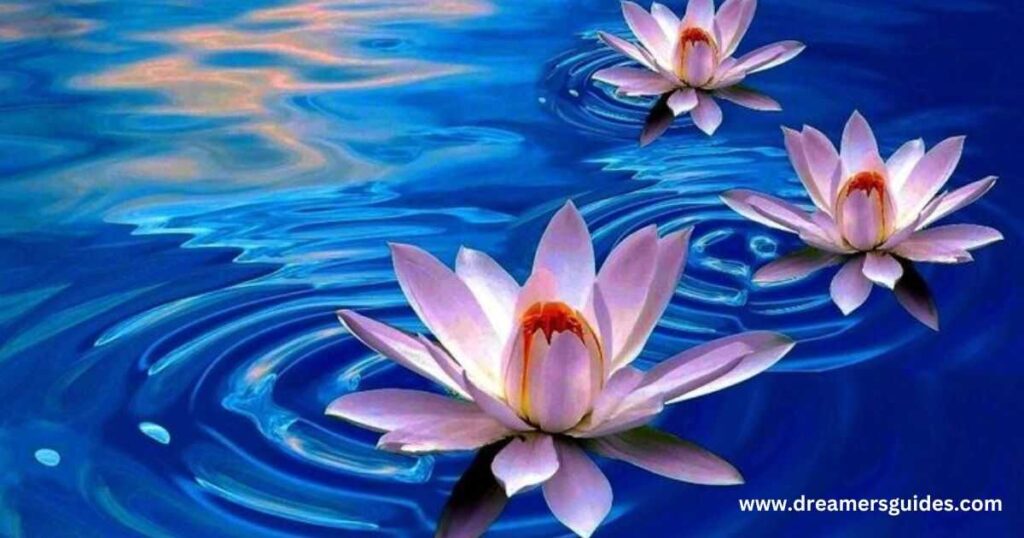
The lotus teaches us that we can rise above our circumstances. It shows us that beauty can come from difficult situations. Like the lotus, we can grow through challenges and bloom into our best selves. In Buddhism, the lotus is often associated with the Buddha himself, representing the purity of body, speech, and mind rising from the muck of materialism.
4. Rock
A rock stands firm against wind, rain, and time. It’s a symbol of unwavering strength and stability. Rocks remind us to stay grounded when life gets stormy. They represent the core of who we are, unchanging despite external pressures.

We often use rock metaphors to describe resilient people. We say they’re “solid as a rock” or “rock-steady.” Rocks teach us that sometimes, the most resilient thing we can do is simply stand our ground. In many cultures, large rocks or mountains are considered sacred places, representing the eternal and unchanging nature of the divine.
5. Anchor
An anchor keeps a ship steady in rough seas. It’s a symbol of stability and hope. Sailors have long used anchor tattoos to show their connection to the sea and their ability to weather storms. The anchor represents a firm foundation in turbulent times.

In psychology, we talk about “anchoring” ourselves in difficult times. This means holding onto things that give us stability and comfort. The anchor reminds us to find our own sources of strength when life gets turbulent. It’s also a Christian symbol of hope, referenced in Hebrews 6:19: “We have this hope as an anchor for the soul, firm and secure.”
6. Kintsugi
Kintsugi is the Japanese art of repairing broken pottery with gold. It’s a beautiful symbol of healing and transformation. Instead of hiding cracks, Kintsugi celebrates them. This art form embodies the Japanese philosophy of wabi-sabi, which finds beauty in imperfection.
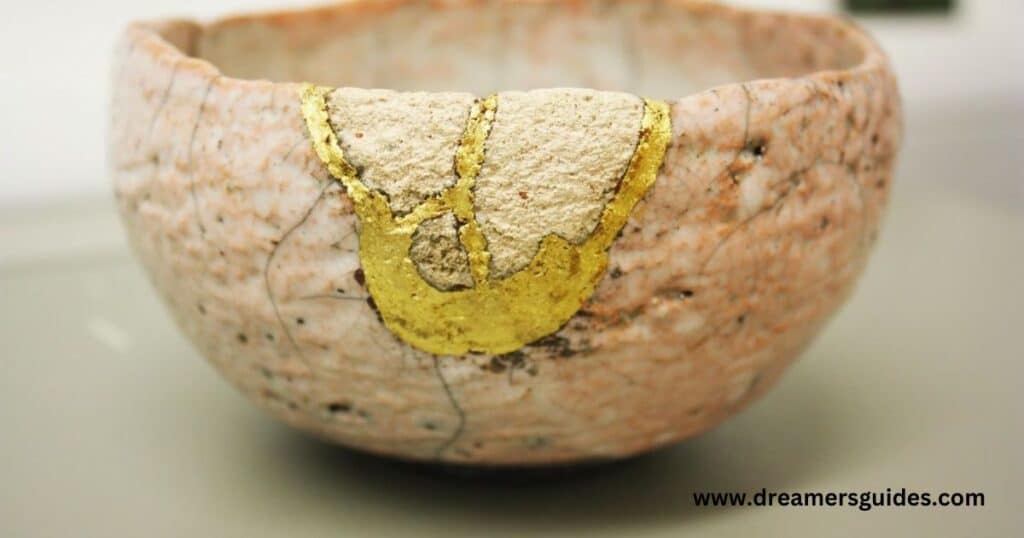
This art form teaches us to embrace our imperfections. It shows us that our scars can make us more beautiful and unique. Kintsugi reminds us that healing is possible, and that we can become stronger at our broken places. It’s a powerful metaphor for human resilience, showing that our experiences, even painful ones, can add to our beauty and worth.
7. Sisu
Sisu is a Finnish concept that’s hard to translate. It means something like grit, determination, and courage in the face of adversity. It’s not just about being tough. It’s about having the resilience to keep going when things seem impossible. Sisu is about finding strength you didn’t know you had.
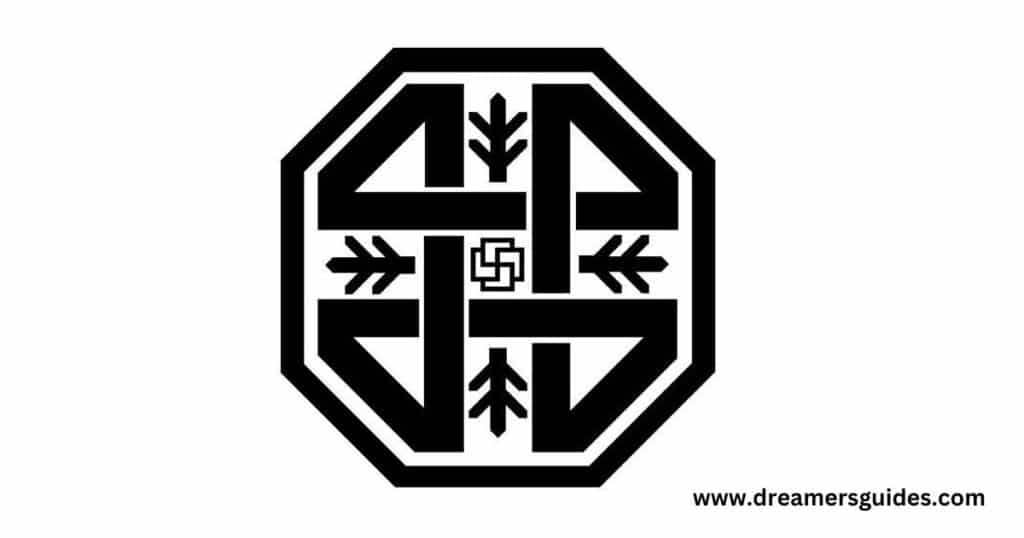
The Finns have relied on Sisu to get through harsh winters and historical challenges. Sisu teaches us to dig deep and find strength we didn’t know we had. It’s about pushing through, even when we feel like giving up. In Finnish culture, Sisu is more than just a word – it’s a way of life that embodies stoic determination, grit, bravery, resilience, and hardiness.
8. Bamboo
Bamboo is flexible yet incredibly strong. It bends in the wind but doesn’t break. In many Asian cultures, bamboo represents resilience, strength, and growth. Its ability to sway with the wind without breaking is a powerful metaphor for adaptability.

Bamboo grows quickly and can thrive in many environments. It teaches us to be adaptable and to keep growing, no matter what life throws our way. Like bamboo, we can learn to be both flexible and strong. In Chinese culture, bamboo is one of the “Four Gentlemen” (alongside the plum blossom, orchid, and chrysanthemum), representing the season of summer and the virtue of flexibility.
9. Lighthouse
A lighthouse guides ships safely to shore in stormy weather. It’s a symbol of guidance, hope, and safety. Lighthouses have inspired countless stories and works of art. They stand as beacons of hope in the darkness, helping lost travelers find their way home.

In our lives, we all need lighthouses. These can be people, beliefs, or goals that guide us through dark times. The lighthouse reminds us to keep our eyes on what’s important, even when the path seems unclear. In literature and art, lighthouses often symbolize hope, guidance, and the human spirit’s ability to overcome adversity.
10. Celtic Knot
The Celtic knot is an intricate design with no beginning or end. It represents unity, strength, and the interconnectedness of life. These knots have been used in Celtic art for centuries. Their intricate, endless patterns symbolize the cyclical nature of life and the universe.
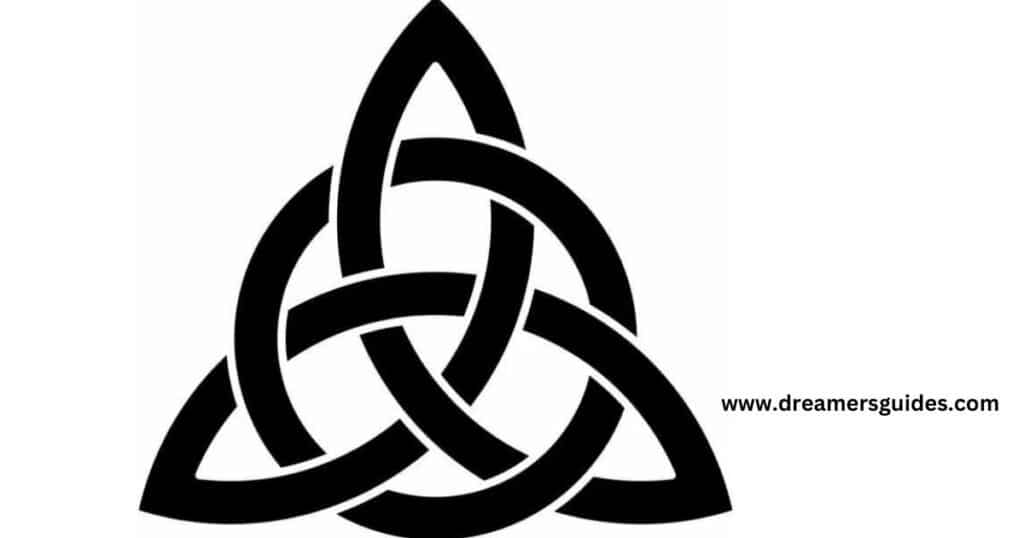
The endless loops of a Celtic knot remind us that life is a continuous journey. They teach us that our struggles and triumphs are all connected. Like the knot, we can find strength in the connections we make with others. In Celtic tradition, different knot designs had different meanings, but all represented the interconnectedness of life and eternity.
11. Turtle
The turtle carries its home on its back. It’s a symbol of longevity, protection, and steady progress. In many Native American cultures, the turtle represents Mother Earth. The turtle’s shell is a shield, representing self-protection and the ability to weather storms.

Turtles move slowly but steadily. They teach us that resilience isn’t always about speed. Sometimes, it’s about pacing ourselves and keeping moving, no matter how slow our progress might seem. In Chinese mythology, the turtle is one of the Four Guardians, representing the north, winter, and longevity.
12. Elephant
Elephants are known for their strong family bonds, incredible memory, and intelligence. They’re symbols of strength, wisdom, and social structure. Their size and power, combined with their gentle nature, make them a complex symbol of resilience.

Elephants face many challenges in the wild, but they’re incredibly adaptable. They teach us the power of community and the importance of remembering where we come from. Like elephants, we can find strength in our connections with others. In Hinduism, the elephant-headed god Ganesha is the remover of obstacles, embodying the elephant’s resilience and strength.
13. Mountain
Mountains stand tall against the elements. They’re symbols of strength, challenge, and achievement. Many cultures see mountains as sacred places, representing the connection between earth and sky, the human and the divine.

Climbing a mountain is often used as a metaphor for overcoming challenges. Mountains teach us that the journey to the top can be tough, but the view is worth it. They remind us to keep climbing, no matter how steep the path. In many spiritual traditions, mountains are places of revelation and transformation, symbolizing the journey of personal growth and resilience.
14. Adinkra Symbol – Dwennimmen
The Dwennimmen is an Adinkra symbol from West Africa. It looks like a ram’s horns and represents strength and humility. In Ghanaian culture, it’s a symbol of wisdom and learning from experience. The ram’s horns represent both defensive and offensive strength.

This symbol teaches us that true strength comes from humility. It reminds us to learn from our challenges and to stay grounded, even as we grow stronger. In West African wisdom, the Dwennimmen symbolizes that even the strong must also be humble, embodying the complex nature of true resilience.
15. Yin and Yang
The Yin and Yang symbol represents balance in Chinese philosophy. It shows how opposite forces can be complementary. This symbol teaches us about the balance of light and dark, good and bad in life. It reminds us that these opposing forces are interconnected and interdependent.
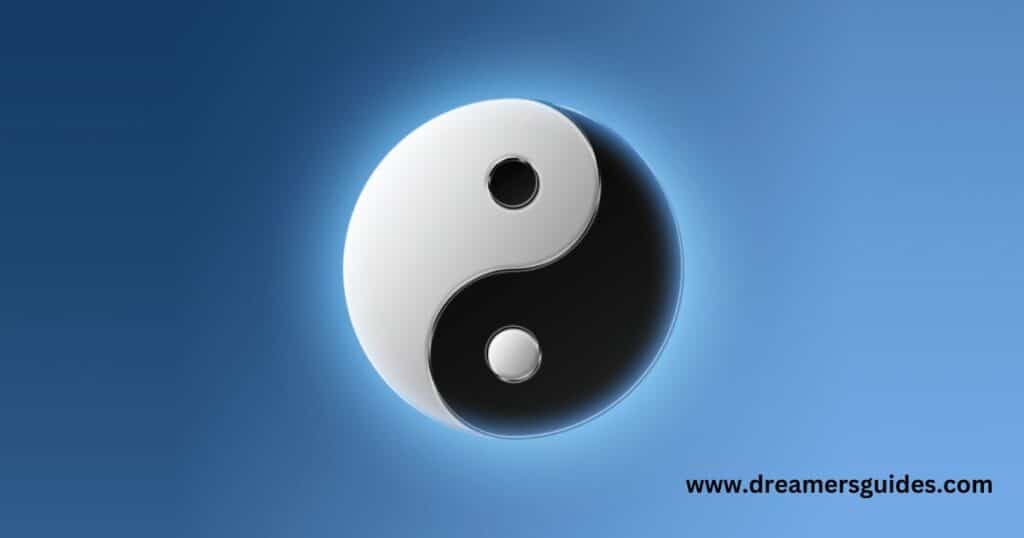
Yin and Yang remind us that resilience isn’t about eliminating challenges. It’s about finding balance and harmony, even in difficult times. It teaches us to see the potential for growth in every challenge. In Chinese medicine and martial arts, the concept of Yin and Yang is crucial, representing the need for balance in all aspects of life.
16. Scarab Beetle
The scarab beetle was sacred in ancient Egypt. It represented rebirth, renewal, and the cycle of life. Egyptians saw the scarab rolling its ball of dung as a symbol of the sun’s journey across the sky. The scarab’s ability to create life from decay made it a powerful symbol of transformation.

The scarab teaches us about the cyclical nature of life. It reminds us that endings often lead to new beginnings. Like the scarab, we can learn to roll with life’s challenges and find opportunities for renewal. In modern times, the scarab continues to be used in jewelry and art as a symbol of luck and new beginnings.
17. Dandelion
The dandelion is a humble flower with incredible resilience. It can grow almost anywhere and spreads its seeds far and wide. Many see it as a weed, but it’s actually a symbol of survival and growth. Its ability to thrive in challenging conditions makes it a perfect symbol of resilience.
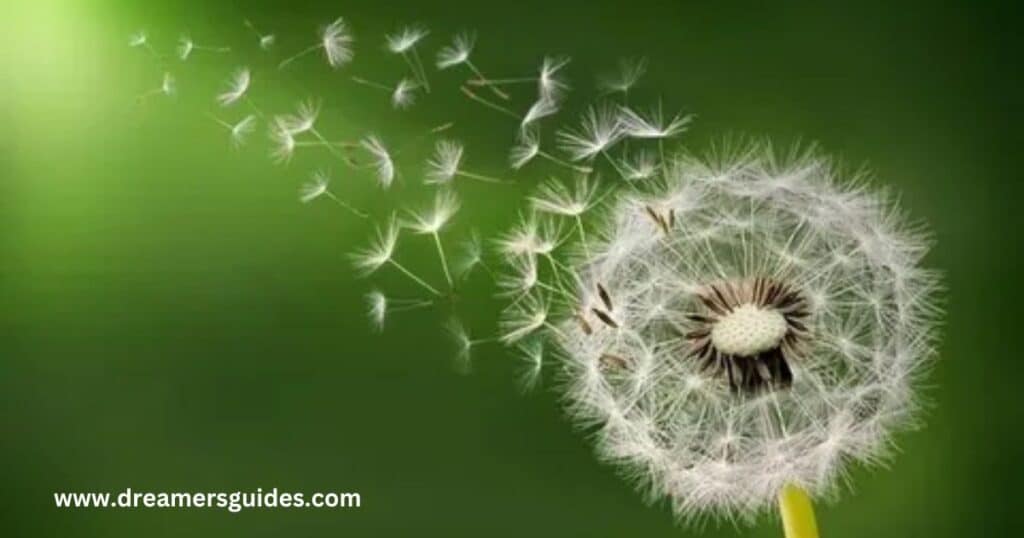
Dandelions teach us to thrive in unlikely places. They remind us that resilience often looks like stubbornness. Like dandelions, we can learn to flourish even in harsh conditions. In some cultures, dandelions are seen as symbols of hope and perseverance, their seeds carrying wishes on the wind.
18. Fist Raised in Solidarity
The raised fist is a symbol of unity, strength, and resistance. It’s been used in many civil rights movements around the world. This symbol represents the power of standing together in the face of adversity. It embodies the idea that there is strength in numbers and in unified action.

The raised fist teaches us about the strength we find in community. It reminds us that we’re stronger when we stand together. Like this symbol, we can learn to draw strength from our connections with others. While its use can be controversial, the raised fist remains a powerful symbol of resilience in the face of oppression.
19. Helix
The helix is a spiral shape found in DNA, the building blocks of life. It’s a symbol of growth, evolution, and the complexity of life. The helix shape is also found in many natural phenomena, from galaxies to snail shells. Its repeating pattern represents continuity and progression.
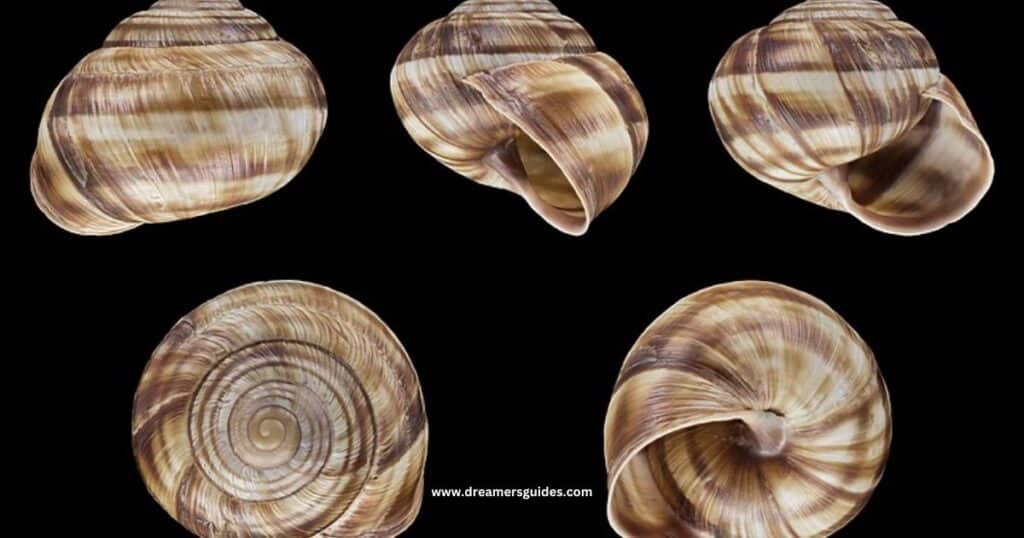
The helix teaches us about the twists and turns of life’s journey. It reminds us that growth often happens in a spiral, not a straight line. Like the helix, we can learn to see the beauty in life’s complexities. In science and mathematics, the helix represents a perfect balance of movement and stability.
21. Chess Pawn
The pawn in chess might seem small, but it has the potential to become powerful. It’s a symbol of perseverance and hidden strength. In chess, a pawn that reaches the other side of the board can become any piece. This transformation represents the potential for growth and change.
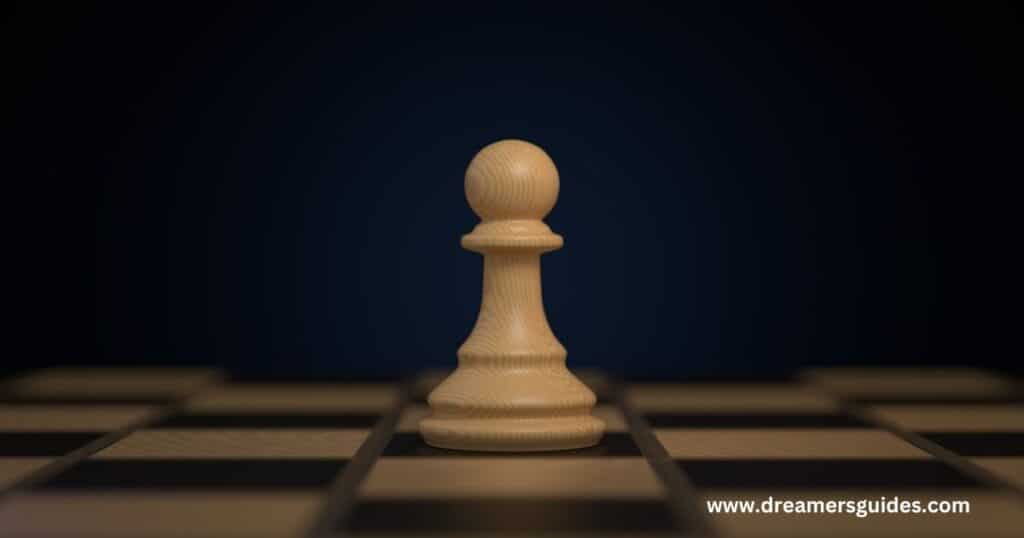
The pawn teaches us about the power of small, consistent steps. It reminds us that even when we feel powerless, we have the potential for great things. Like the pawn, we can learn to see the strength in our seeming weaknesses. In literature and film, the pawn often represents the underdog who, through persistence, achieves greatness.
22. Aloe Vera Plant
The aloe vera plant thrives in harsh, dry conditions. It’s known for its healing properties and is a symbol of resilience and self-care. Aloe can survive long periods without water, storing what it needs in its thick leaves. This ability to self-sustain in difficult conditions makes it a perfect symbol of resilience.

Aloe teaches us about the importance of self-care in building resilience. It reminds us that we need to nurture ourselves to stay strong. Like aloe, we can learn to store up inner resources to help us through tough times. In many cultures, aloe is seen as a plant of immortality and healing, representing the resilience of life.
The Enduring Power of Resilience Symbols
As we wrap up our journey through these powerful symbols of resilience, it’s clear that human strength comes in many forms. From the Phoenix rising from the ashes to the humble dandelion pushing through concrete, each symbol offers a unique lesson in perseverance.
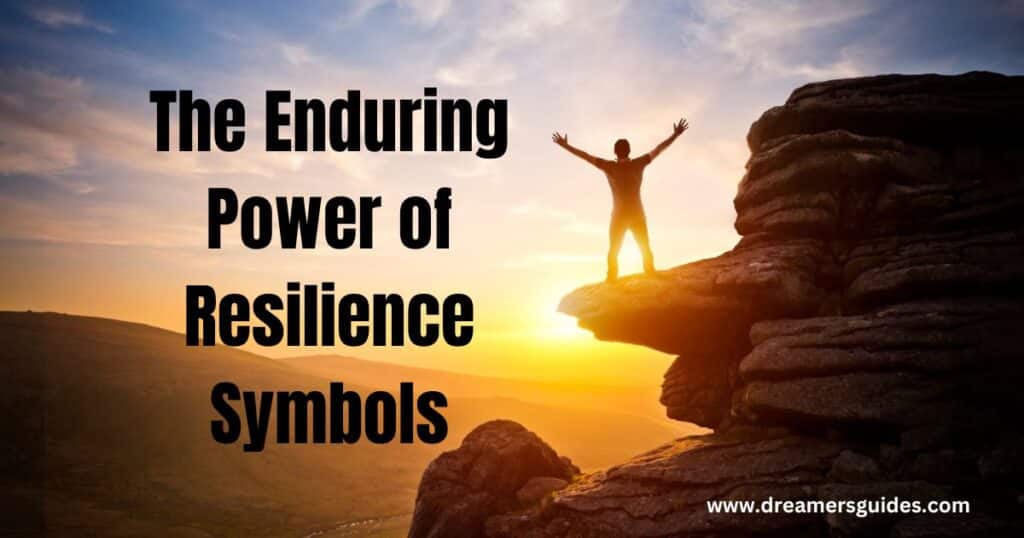
These symbols aren’t just ancient relics or pretty pictures. They’re living reminders of our capacity to endure, adapt, and thrive. Whether you resonate with the oak tree‘s steadfast strength or the bamboo‘s flexible grace, there’s a symbol out there that speaks to your personal brand of resilience.
Remember, resilience isn’t about never falling. It’s about rising every time we fall. It’s about finding the strength to keep going, even when the path ahead seems impossible. Like the lotus flower emerging from muddy waters, we too can bloom in the face of adversity.
As you move forward in your journey, consider adopting one of these symbols as your personal emblem of strength. Maybe you’ll wear an anchor charm to stay grounded in stormy times. Or perhaps you’ll keep a small aloe vera plant on your desk, reminding you of the importance of self-care in building resilience.
In the end, the most powerful symbol of resilience is you. You are living proof of the human spirit’s incredible capacity to overcome challenges. You are your own Phoenix, capable of rising from the ashes of any setback.
So the next time life throws you a curveball, remember these symbols. Draw strength from the millennia of human resilience they represent. And most importantly, remember that you are part of this grand tradition of resilience. You are strong. You are adaptable. You are resilient.
Let these symbols inspire you, but never forget that the greatest testament to resilience is your own journey. Keep pushing forward, keep growing, and keep embracing the beautiful, resilient soul that you are. After all, in the grand tapestry of human resilience, you are both the weaver and the masterpiece.